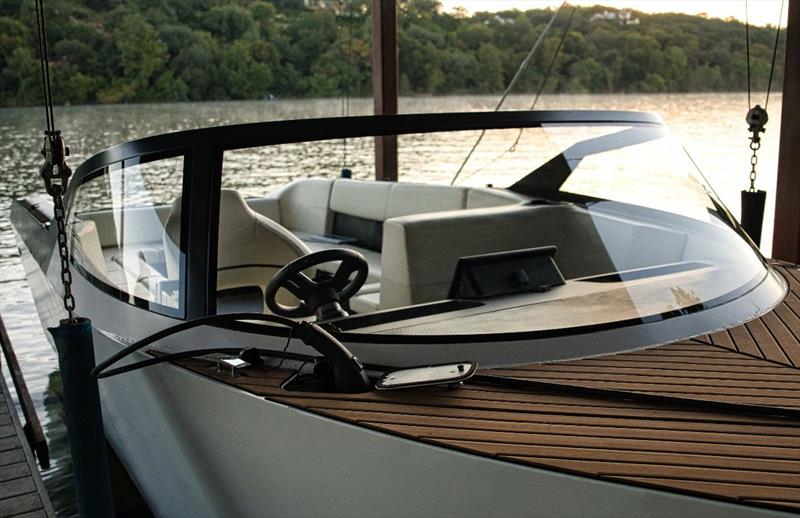
How do you charge an electric boat?
by Arc Boats 2 Mar 2023 09:14 PST

Electric boat © Arc Boats
Many people associate "range anxiety" — the concern of having enough battery to make it to a destination — with electric cars. Likely because of that association, we get questions all the time wondering if electric boats have similar charging concerns.
The good news is electric boats fare much better on the charging front than other electric vehicles.
Unlike cars, leisure boats are used less frequently, rarely take "road trips," and almost always end up back where they started each day. That means that they have more reliable access to charging, as well as longer periods to recharge after each use.
Compared to fueling a gas boat (think exorbitant prices at the marina or lugging gas cans down to the dock) charging an electric boat is shockingly easy — and of course, fumeless. It's as simple as plugging in at your dock, home, or marina when you're done for the day, and waking up to a fully charged boat.
And, as far as actually charging the boat goes, there are more options than many people realize.
AC charging
Typically when we talk about charging we're referring to AC (alternating current) power. This is the type of power most people are familiar with: it's delivered to your house from the power grid, and is what you use when you plug into standard 120V or 240V outlets.
You can actually charge an Arc One using a regular 120V outlet — the type you use to power a kitchen appliance or charge your phone. However, it would take a while (100 hours, to be precise). That may be fine if you only use your boat on the weekends, but most people will want to use a 240V outlet — the type you use to power a washing machine or oven, or an electric car. 240V enables you to plug in a wall-mounted or portable charger that can charge the boat's batteries more than six times faster than 120V.
While AC power is a common and convenient source of power, it's not the most... powerful. That's where DC charging comes in.
DC charging
Electric vehicles use direct current, or DC, power. When you give those vehicles AC power, they need to convert it to DC prior to storing it in their batteries.
Over the past decade, electric cars have popularized the use of DC fast chargers, which provide DC power directly to the vehicle — no conversion necessary. Tesla refers to their DC fast chargers as "Supercharger." With EV adoption taking off, more and more DC fast chargers are popping up in public places.
The Arc One will offer DC fast charging with an over the air update this summer. That will enable charging times as fast as 45 minutes — or about the time it takes you to dock for lunch.
Electric is easy
No matter the power situation, electric boats are easy and convenient to charge. They can take advantage of existing infrastructure, such as shore power at a marina, or leverage new infrastructure such as DC fast chargers.
Gone are the days of motoring over to the gas pump, smelling fumes, and paying eye-popping prices to refuel. Electric boating means plugging in, and waking up ready to hit the water again.